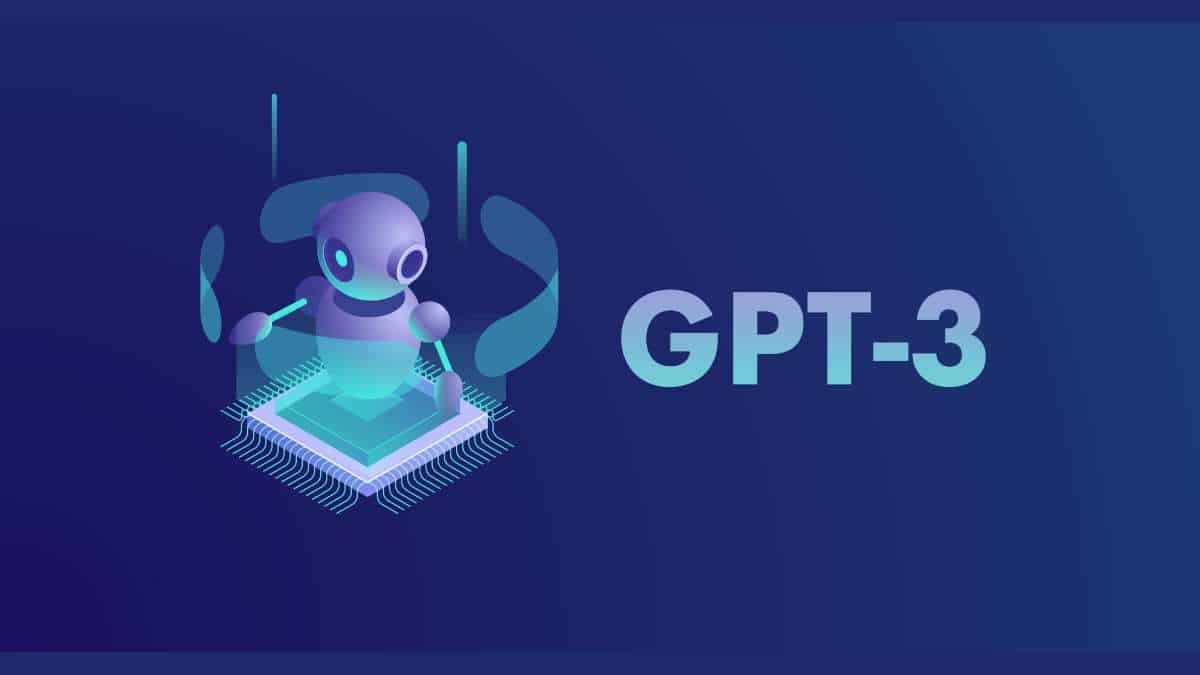GPT-3 Fine Tuning – What Is It & Its Uses?

Table of Contents
GPT-3 fine-tuning is the newest development in this technology, as users are looking to harness the power of this amazing language model. In this post, we will explore fine-tuning and how you can harness the power of the GPT-3 model to enhance your experience with OpenAI’s language model.
So, let’s dive in!
Essential AI Tools
Understanding GPT-3 Fine Tuning
Fine-tuning is a process that allows you to take an existing language model, like GPT-3, and adapt it to perform specific tasks or generate specialized content.
GPT-3 (Generative Pre-Trained Transformer- 3) is the engine behind OpenAI’s hugely popular ChatGPT model. However, the capabilities of the engine can go far beyond simple conversational interactions. By providing the model with task-specific data, you can fine-tune it to produce more accurate and tailored outputs. A fine-tuned GPT-3 model is like having a trained assistant to assist you better with specific needs.
Benefits of GPT-3 Fine Tuning
When you fine-tune GPT-3, you unlock a whole new level of possibilities. You can personalize chatbots, improve translation services, create content filters, enhance customer service interactions, and even generate code or poetry.
The fine-tuned model becomes more proficient at comprehending and generating specific types of content, boosting productivity, accuracy, and user satisfaction.
Getting Started With GPT-3 Fine Tuning
The basic concept behind fine-tuning GPT3 is that you start with a pre-trained GPT-3 model and train it further on a smaller dataset that is more in line with a specific use case. This process involves initializing the pre-trained model with the pre-trained weights and then fine-tuning the model's parameters on the smaller dataset size.
To begin fine-tuning GPT-3, you need a dataset containing examples of the task you want the model to excel at. This data will serve as the foundation for training the model to improve its performance.
You can then fine-tune the model by providing prompts or instructions that guide its output generation. The more data you have and the clearer your instructions, the better the results. This is usually done using the OpenAI API, and fine-tuning is currently only available for the following base models: Davinci, Curie, Babbage, and Ada.
Selecting the Right Data
When choosing a dataset for fine-tuning, it is crucial to ensure it is relevant and representative of the task you want the model to perform.
High-quality data covering various scenarios and contexts helps the model understand nuances and generate accurate outputs. Curating a diverse and comprehensive dataset will contribute to the overall effectiveness of your fine-tuned model.
Preparing the Data
Before you start fine-tuning, it’s important to preprocess and clean the training dataset. This involves removing irrelevant information, correcting errors, and standardizing the format to ensure consistency. Preprocessing prepares the data for training, making it easier for the model to learn from it effectively.
Fine Tuning Process
To fine-tune GPT-3, you feed the preprocessed dataset into the model and provide task-specific prompts or instructions. The model then learns to generate outputs based on the patterns it identifies in the data.
Fine-tuning typically involves multiple iterations to refine the model’s performance. To achieve optimal results, you can experiment with different hyperparameters, prompts, and training configurations.
Evaluating & Iterating
After each fine-tuning iteration, evaluating the model’s performance is essential. You can compare the generated outputs with desired outcomes to gauge the model’s accuracy and make necessary adjustments. Iterative fine-tuning allows you to refine the model gradually, improving its proficiency with each iteration.
Uses of GPT-3
GPT-3, with its impressive language generation capabilities, has opened up a world of endless possibilities across various domains. Its versatility allows for many applications, revolutionizing industries and enhancing user experiences. Here are some exciting uses of GPT-3:
Natural Language Processing
- GPT-3 can analyze and understand human language, making it invaluable for sentiment analysis, language translation, and text summarization.
Virtual Assistants
- By fine-tuning GPT-3, you can create intelligent virtual assistants capable of understanding and responding to user queries with contextual relevance.
Content Generation
- GPT-3 can generate creative and engaging content, including blog posts, product descriptions, and fictional stories.
Customer Service Automation
- Integrating GPT-3 into customer service platforms enables automated responses that are more natural, personalized, and efficient.
Education & Training
- GPT-3 can aid in personalized learning experiences, providing explanations, answering questions, and facilitating interactive lessons.
Code Generation
- Fine-tuned models can assist with code completion, generating code snippets, and helping developers with programming tasks.
Gaming
- GPT-3 can be utilized to create intelligent non-player characters (NPCs) that offer realistic and dynamic interactions within video games.
FAQs
Can I Fine-Tune GPT-3 Without Any Programming Experience?
Fine-tuning GPT-3 does require programming knowledge to some extent. While OpenAI provides resources and documentation to guide you, familiarity with programming languages like Python and an understanding of machine learning concepts will help you navigate the fine-tuning process more effectively.
Conclusion:
GPT-3 fine-tuning empowers you to leverage the capabilities of a powerful language model for specific tasks. By carefully selecting and preparing data, providing clear instructions, and iterating on the fine-tuning process, you can unlock the full potential of GPT-3 to enhance your applications and services.
So, start fine-tuning and let your imagination soar!
